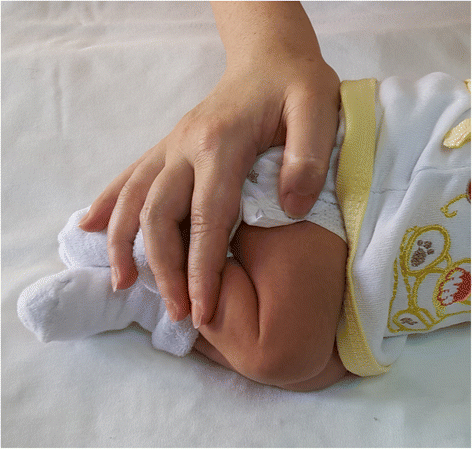Preterm Neonatal Nursery
Preterm Neonatal Nursery
Provide specific examples to support your answers:
Based on the systematic review of studies by Obeidat et al. (2009) about facilitated tucking of preterm infants during invasive procedures (which you were directed to in the chapter), if you worked in a preterm neonatal nursery, would you adopt this practice? Why or why not? Post has to be 200 – 250 words

Adoption of Facilitated Tucking
Based on the systematic review of studies by Obeidat et al. (2009), I would adopt the practice of facilitated tucking for preterm infants during invasive procedures if I worked in a preterm neonatal nursery. Facilitated tucking involves the gentle positioning of a preterm infant, simulating the tight confines of the womb, which has been shown to promote comfort and reduce stress during painful procedures.
For instance, the review found that facilitated tucking significantly decreased physiological stress indicators, such as heart rate and oxygen saturation levels, in preterm infants undergoing procedures like venipuncture. Additionally, the practice has been linked to reduced crying and improved overall comfort levels in these vulnerable populations.
Implementing this practice aligns with the growing emphasis on providing family-centered care, where the comfort and well-being of the infant are prioritized. Furthermore, the adoption of facilitated tucking can contribute to better developmental outcomes for preterm infants by minimizing exposure to pain and stress during critical periods of growth.
Given the evidence supporting the benefits of facilitated tucking, I believe this practice should be adopted in neonatal nurseries. It not only enhances the immediate comfort of infants during procedures but also promotes long-term health outcomes, making it a valuable intervention in the care of preterm infants.
References
Obeidat, H. M., Badran, S. F., & Hmoud, A. A. (2009). Facilitated tucking of preterm infants during invasive procedures: A systematic review. Journal of Neonatal Nursing, 15(3), 107-114. https://www.sciencedirect.com/science/article/abs/pii/S1355061809000267



